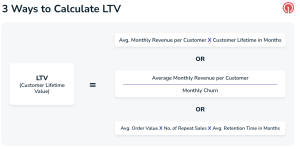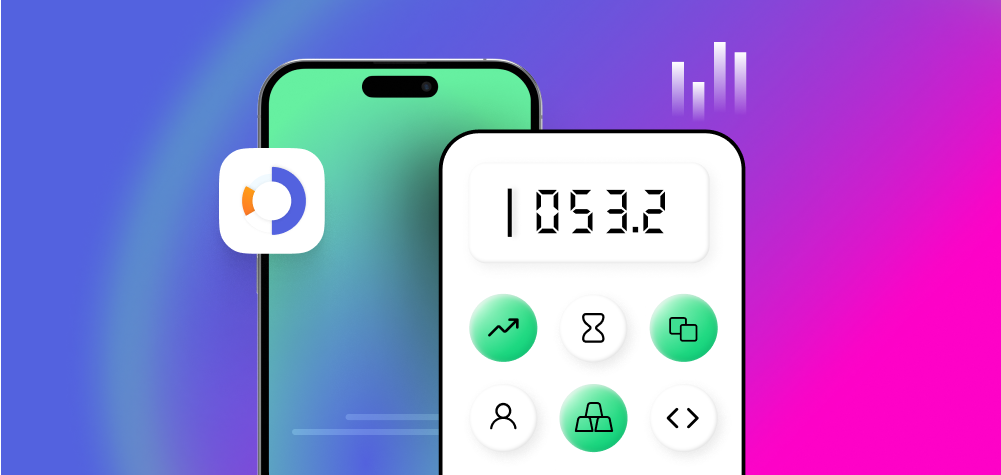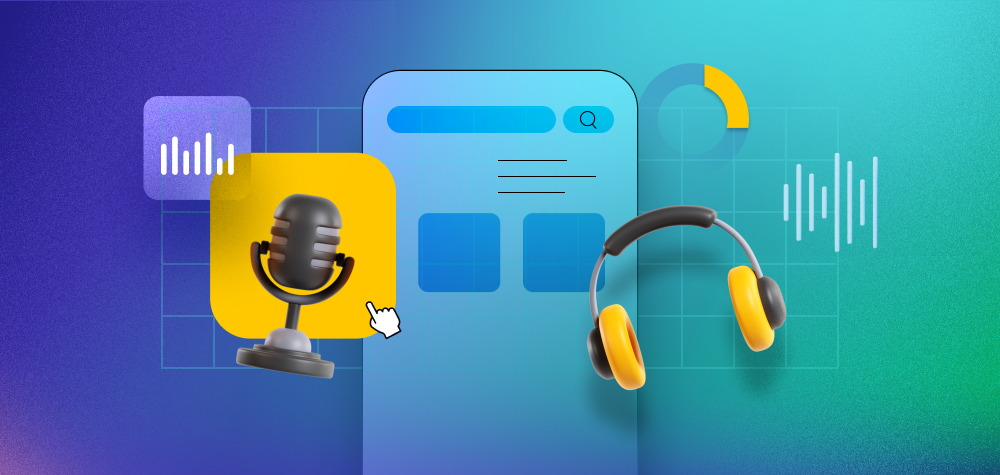While “LTV” may sound like just another acronym in the sea of tech jargon, it is actually one of the most important metrics for developers to boost the success of their app.
LTV stands for “Lifetime Value”, and it represents the total revenue generated by app users over the lifetime of their engagement with the app. Much more than that, LTV can provide a treasure trove of insights to optimize user retention, generate more revenue from the app and maximize its profitability.
How to measure LTV
The simplest way to calculate LTV is by dividing the total app revenue by the total number of users in a given period. For example, if an app generates $100,000 of revenue in one month, and there were 7000 users in that time, then the LTV per user is $14.30.
However, this is not a perfect metric as it does not take into account the users who just joined and haven’t generated revenue yet, nor does it segment LTV according to audience type, vertical or other important differentiators. A deeper way to calculate LTV is by taking other factors into consideration, including churn rate and average revenue per user. Here is an example of how to measure app LTV, courtesy of the folks over at One Signal Magazine:

Why LTV matters
LTV is a powerful gauge for app developers, giving insights into how and where they need to improve their app performance.
For example, if the cost of acquiring a user is more than their LTV, it’s a signal to recalibrate something in the app’s approach. Conversely, if acquisition costs of a particular campaign fall below LTV, then this is a green light that you are moving in the right direction.
With a deep understanding of LTV across different user segments, developers can fine-tune their campaigns to target those audiences that generate maximum LTV.
LTV is also a powerful key for in-app advertising. Advertisers gain the ability to identify the channels that attract users with high LTV, allowing them to optimize their advertising campaigns and allocate resources strategically. If a particular channel consistently delivers users with a high LTV, advertisers can double down on their budget for that channel and acquire more high-value users.
LTV for game apps
Gaming app users must be engaged and active over extended periods in order to sustain their value over time. However, gaming apps have the highest uninstall rates, making retention a huge challenge for game app developers. For this reason, LTV is a particularly valuable metric, enabling developers to easily calculate the revenue generated throughout a user’s lifetime engagement.
LTV helps developers to identify the most valuable users and tailor their strategies accordingly. For example, if a particular user segment is more likely to buy coins or other in-app game purchases, then app developers can target that segment to try and acquire more of these high-value users.
LTV for non-gaming apps
LTV is an essential metric for non-gaming apps too, including finance, lifestyle, and subscription apps. With LTV as their guide, developers can pinpoint the highest LTV users, and adjust their user acquisition and retention strategies to attract similar users with high revenue potential. By recognizing, for instance, that users who complete an onboarding process by watching a particular video exhibit higher LTV, developers can refine these touchpoints to drive more users towards completion.
For subscription-based apps, LTV can help developers identify and create optimal subscription pricing models that incentivize users to extend their subscriptions, generating more revenue over time.
LTV for app advertising campaigns
LTV is a vital metric for app promotions and advertising too. By tracking which campaigns and channels generate high-LTV users, app owners can fine-tune their campaign messaging and audience targeting strategies, and dedicate more resources to the highest value channels. This is essential to boost ROI of advertising campaigns and the profitability of the app over time.
Going to the next level: LTV predictions
With advanced AI-based approaches to LTV measurement, app developers can even predict which user segments are more likely to generate high LTV and focus their acquisition resources on those. For example, by targeting Likely-to-be audiences, developers can tap into user segments that are similar to these high LTV users and extend potential reach and acquisition even more. Predictive LTV will be a key to enhancing potential app revenue and success in the future.
LTV is the must-have tool for developers to succeed in the fiercely competitive mobile app industry. From app development to user acquisition, retention and advertising, LTV helps developers optimize their connection with their most valuable users, and achieve sustainable growth and profitability.



